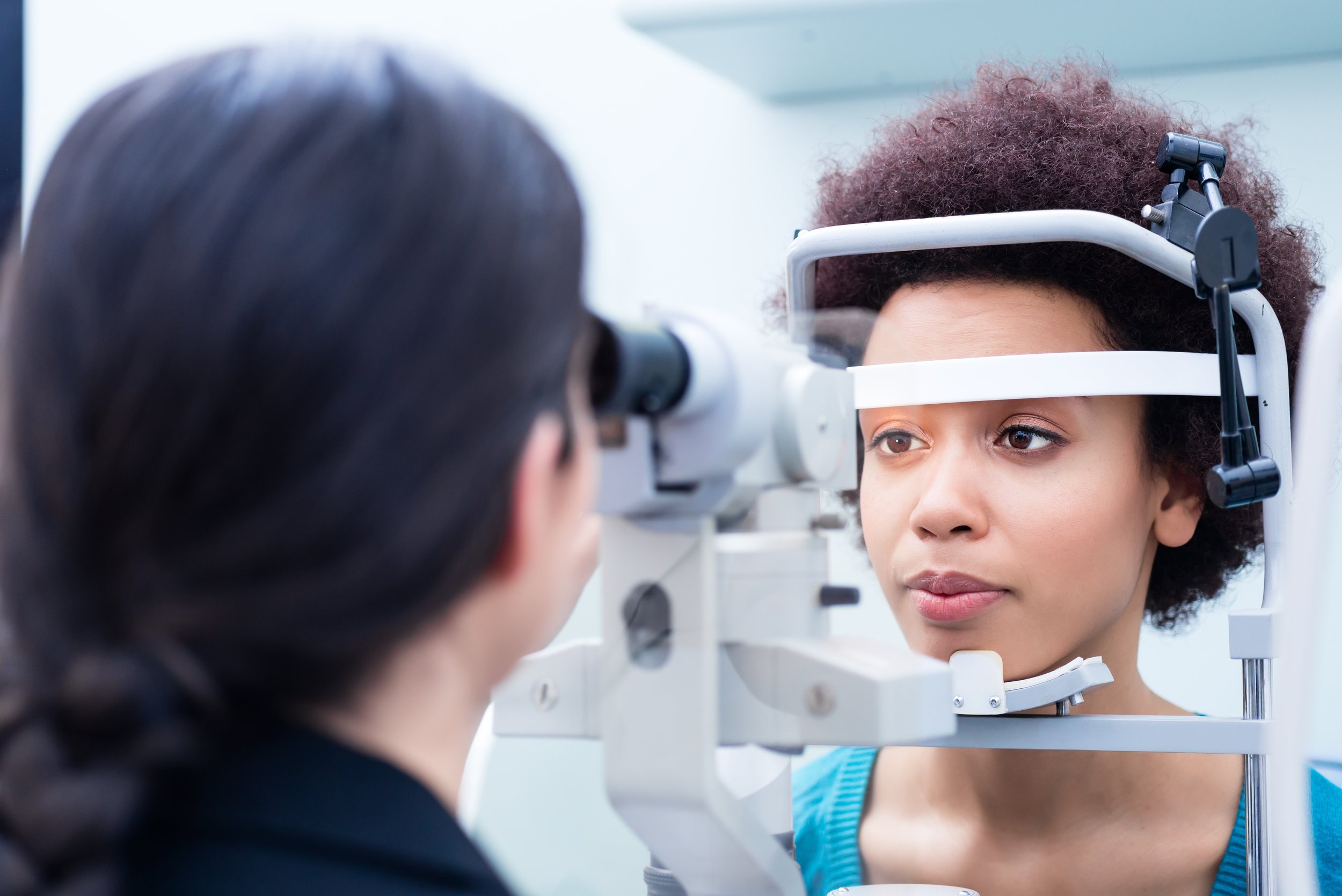Glaucoma: Spreading awareness
Did you know that glaucoma is a leading cause of irreversible blindness in the United States? It’s known as “the sneak thief of sight” by the Glaucoma Research Foundation due to its lack of symptoms and the permanent damage that it causes to vision. The National Eye Institute estimates that by 2030, 4.2 million Americans will have glaucoma.
What exactly is glaucoma?
Glaucoma is a group of diseases that cause fluid to build up in the eye. When these fluids increase, they put pressure on the optic nerve in the back of the eye – the part responsible for carrying images from the eye to the brain. If this pressure goes unchecked, it can cause severe damage to this nerve and lead to permanent vision loss.
According to the Glaucoma Research Foundation, over 3 million people in the United States have glaucoma, yet it’s estimated that only half of these people know that they have it. Up to 40% of one’s vision can vanish before they even notice due to the gradual nature of the disease.
The two most common types of glaucoma are primary open-angle glaucoma and angle-closure glaucoma. This is distinguished by the increase in pressure within the eye. Angle-closure glaucoma is characterized by an increase that is high and sudden, while open-angle glaucoma is caused by a small and slow increase in pressure.
Groups that are at Risk
While this disease primarily affects the middle-aged and elderly, those of all ages can develop glaucoma. Those who are more at risk for glaucoma are people over the age of 60, people of Hispanic, African, or Asian descent, and those that have a family history of glaucoma.
How to Spot It
An annual comprehensive eye exam is the best way to spot cases of glaucoma early. While there is no cure for the disease, there are treatments available that can help slow or prevent vision loss.
“Glaucoma, in most cases, can be easily managed by Optometrists or Ophthalmologists using a combination of eye drops and or surgeries. Glaucoma specialists are often required to manage the most serious and complex cases,” says Troy Ogden, OD. “Early detection is critical to stopping or slowing the progression of glaucoma and what could turn into permanent vision loss.”
This January, in honor of Glaucoma Awareness Month, make the resolution to care for your eyes and be sure to get in for your annual eye exam.


